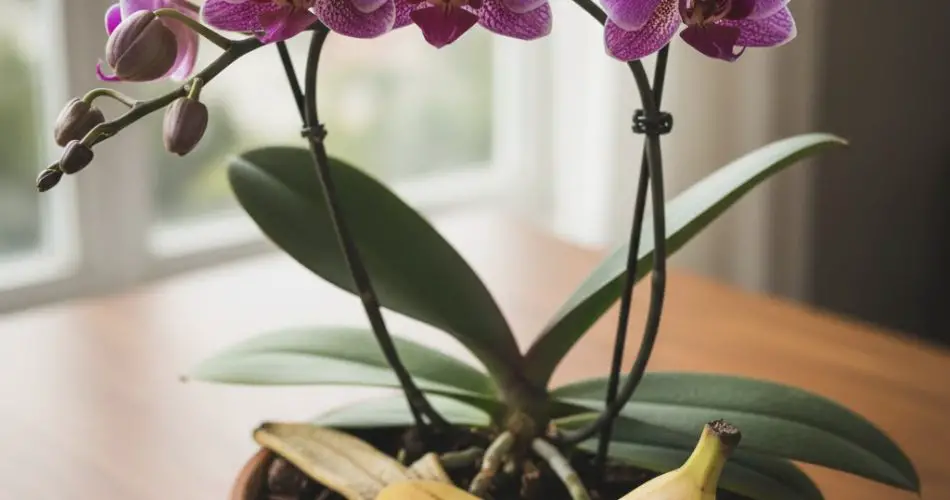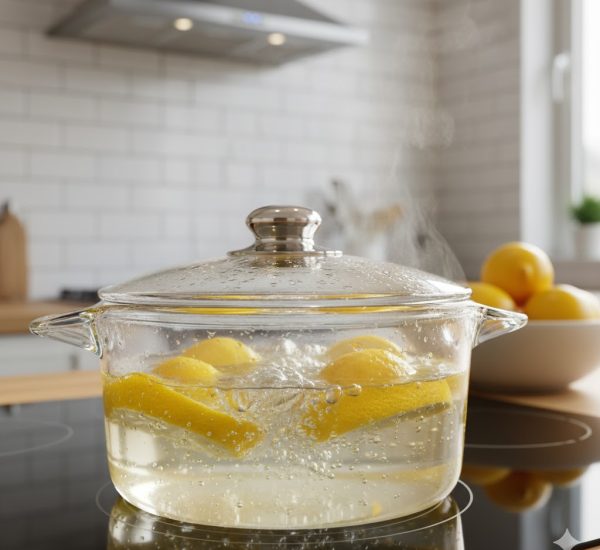Orchids are among the most beautiful and elegant plants that can transform any indoor space. Their delicate, colorful blooms instantly elevate the aesthetic of a home, adding a touch of sophistication and vibrancy to any corner, even the dullest or darkest. Despite their reputation for being “tricky” to care for, with a few practical tips and the right approach, anyone can cultivate thriving orchids at home—even without a green thumb.
Why Orchids Are So Popular
Orchids are admired for their grace, refinement, and stunning flowers. Their presence alone can dramatically change the atmosphere of a room with minimal effort. Unlike some indoor plants that require constant attention, orchids thrive when basic care guidelines are followed, allowing even novice plant owners to enjoy spectacular blooms.
Many people believe that keeping orchids healthy indoors is complicated. In reality, it’s often a matter of balance: avoiding extremes of water, light, and temperature. Overcare or neglect is usually the main reason orchids fail, not the plant itself.
Choosing the Right Orchid Species
Selecting the right species is crucial for beginners or those who want low-maintenance plants. Two of the easiest orchids to grow indoors are Phalaenopsis and Cambria.
-
Phalaenopsis: Often referred to as “moth orchids,” these are popular for their elegant blooms and simple care requirements. They thrive in moderate light and warm temperatures, making them ideal for indoor environments.
-
Cambria: This hybrid orchid is another low-maintenance option. With proper watering and indirect light, it produces abundant flowers and requires minimal effort.
Both species prefer consistent temperatures and humidity levels without sudden changes. Maintaining the right environment ensures lush foliage and extended flowering.
Optimal Conditions for Healthy Orchids
Orchids flourish when placed in locations with indirect light, warm temperatures, and adequate air circulation. Here are key care tips:
-
Light: Place orchids near a window but shield them with sheer curtains to prevent direct sunlight from scorching their leaves. A healthy leaf color is an indicator of proper lighting: deep green without yellowing or dark spots.
-
Temperature: Maintain indoor temperatures between 18°C and 28°C (64°F–82°F). Sudden drops or increases can stress the plant and affect blooming.
-
Humidity: Orchids thrive in moderately humid conditions, ideally around 70%. Avoid excessive moisture, which can lead to rot.
-
Airflow: Ensure gentle air circulation while protecting plants from strong drafts or wind. Stagnant air combined with overwatering can damage the roots.
Watering and Fertilization Tips
Watering orchids correctly is critical. During spring and summer, orchids require more frequent watering, but the soil should be allowed to dry completely between sessions to prevent root rot.
Fertilization also supports strong growth and prolonged blooming. While many commercial fertilizers are available, a natural, cost-effective alternative can provide exceptional results: banana peel fertilizer.
How to Make Banana Peel Fertilizer
Banana peels are rich in nutrients, especially potassium and phosphorus, which are essential for orchid health and flower longevity. Using banana peels as fertilizer not only supports your plants but also reduces household waste. Here’s a simple method:
-
Wash the Peels: Clean three banana peels thoroughly to remove any dirt or pesticide residue.
-
Macerate in Water: Place the peels in a bowl with 2 liters of water and let them soak for at least two days.
-
Strain the Solution: After soaking, filter the liquid into a separate container. This nutrient-rich solution is ready for use.
The banana peel solution can be applied directly to the soil to nourish the roots or used to wipe the leaves during the summer, enhancing foliage health.
Usage Guidelines and Precautions
While banana peel fertilizer is highly effective, moderation is crucial. Overuse can damage orchids rather than benefit them. A recommended schedule is:
-
Apply once every 7 days, ensuring the soil absorbs the nutrients gradually.
-
Store any unused solution in a covered container away from sunlight. Exposure can cause evaporation and attract insects like mosquitoes.
By following these simple steps, orchids will appear more vibrant and healthier almost immediately. Regular use of natural fertilizer encourages blooms to last longer, even outside their typical flowering season, and helps the plant thrive year-round.
Additional Tips for Orchid Care
-
Repotting: Ensure the orchid is in a well-draining pot to prevent waterlogging. Specialized orchid soil or bark is ideal.
-
Leaf Care: Wipe leaves gently with a damp cloth to remove dust and maintain photosynthesis efficiency.
-
Observation: Monitor leaves and flowers regularly. Any discoloration or wilting can indicate a need to adjust light, water, or humidity levels.
Why Natural Fertilizers Are Beneficial
Using natural fertilizers, such as banana peels, is not only eco-friendly but also reduces household waste while providing orchids with essential nutrients. This method aligns perfectly with sustainable living practices and ensures your plants remain healthy without exposure to potentially harmful chemicals.
Conclusion
Orchids are exquisite indoor plants that can brighten any home with their elegance and vibrant blooms. With careful attention to lighting, temperature, humidity, and watering, even beginners can enjoy healthy, flourishing orchids. Adding a natural banana peel fertilizer enhances growth, prolongs flowering, and nourishes both the roots and leaves.
By avoiding extremes, following simple care routines, and utilizing natural solutions, anyone can maintain stunning orchids indoors. Not only do they beautify your living space, but they also provide a satisfying and eco-friendly gardening experience, proving that even those without a green thumb can cultivate elegance and color at home.



